Brighton A Power Station
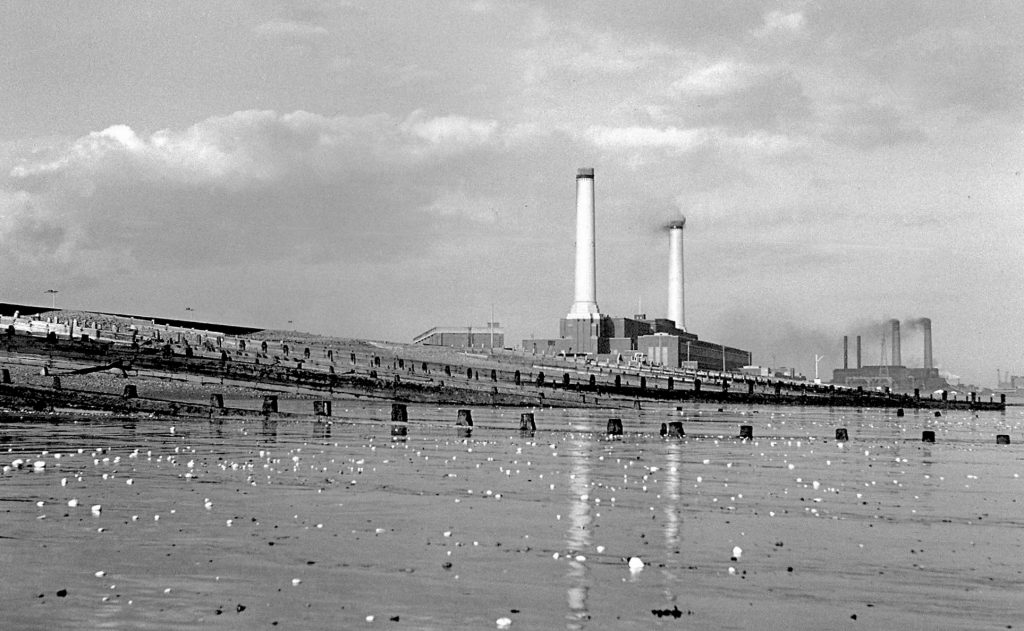
The construction on the first Shoreham power station located in Southwick commenced in in 1902 and the new station named Southwick opened in 1906. There were three M.V. turbo-alternators, each 1.8 MW running at 1500 r.p.m., 8 kV, 50 Hz with a 1 hour overload capacity cf 33% . The new station was connected by five 8 kV cables to the old North Road site where there were two 1500 kW rotary converters (the largest to that time) and four 500 kW motor generators. These replaced some of the earlier generators – the last of which was removed in 1908. Its site chosen because of its position on the harbour, meaning plentiful supply of water for cooling, and access to coal via the shipping route from NE England. The generating capacity of 5,470 kW. Pulverised coal boilers were installed in 1929 with similar steam conditions to the older one. The burners were located at the corners of the furnace. They were dogged with problems until an explosion in the P.F. bunker sealed the fate of the “Bin and Feeder” arrangement used.
The station was given numerous modifications and extensions, and by 1946 it had a increased capacity. Rapidly changing loads and wide range of fuels used made it impossible for the boilers to keep to steam temperature variations, leading to certain failures. The design was abandoned by the British power supply industry in the 1950s as it could not be used for the larger sizes required. By 1961 the station had an installed capacity of 190 MW. Seawater was used for condensing and cooling.
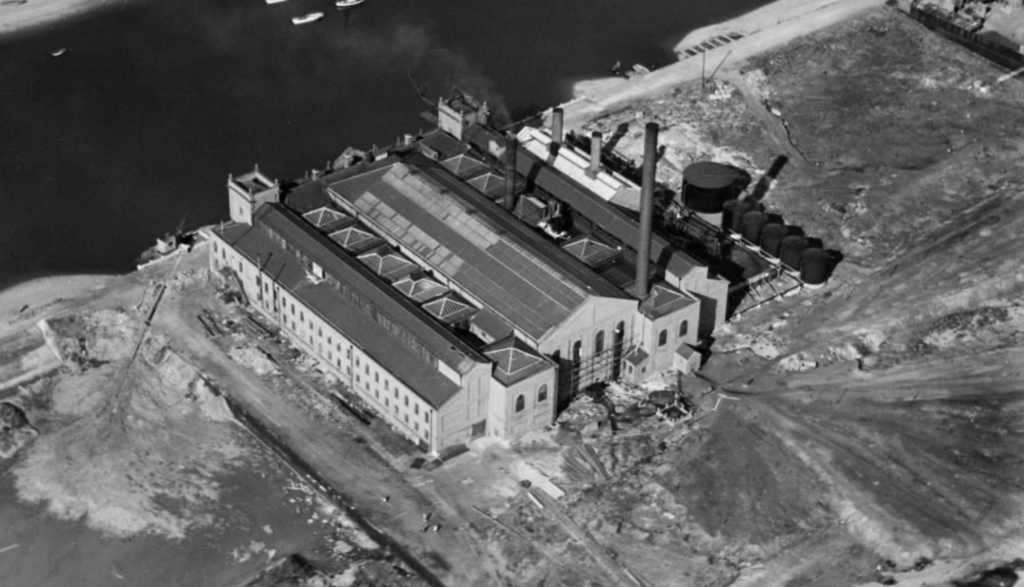
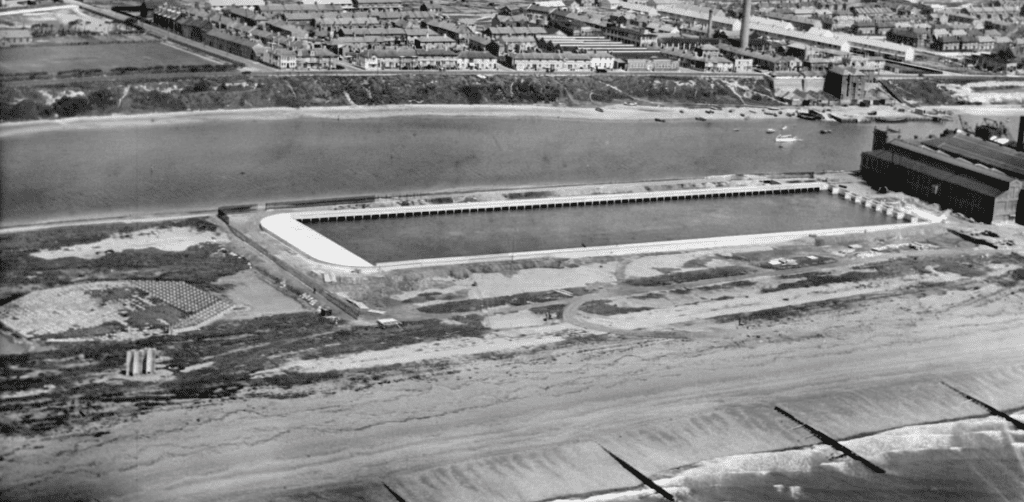
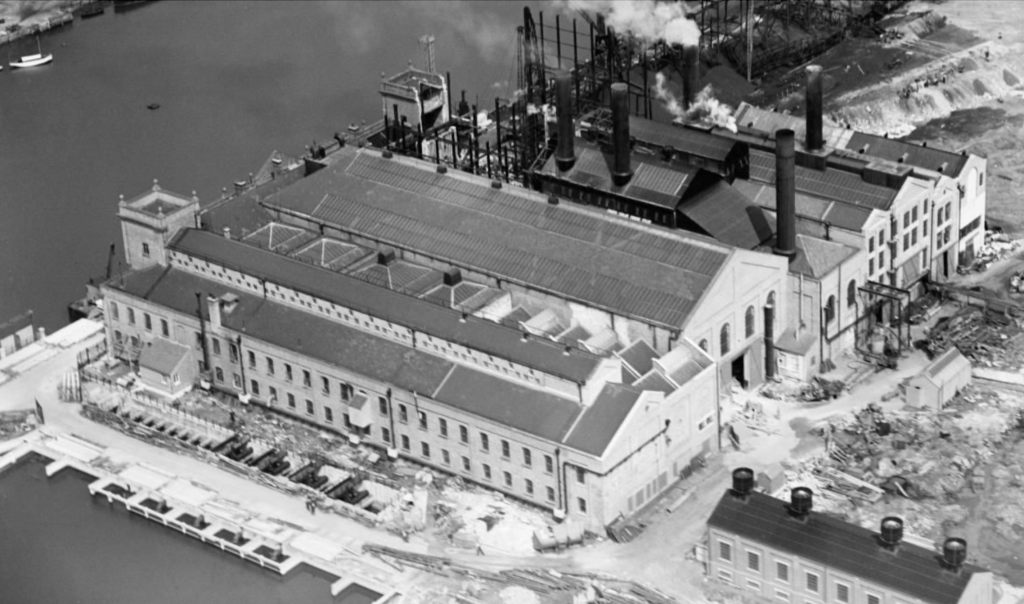
Due to improvement in generating technologies to cope with pulverised fuels the A station was earmarked for replacement trather than expansion or upgrade. The A station was closed on 15 March 1976, 70 years in operation. Its replacement only lasted 40 years.
Brighton B Power Station
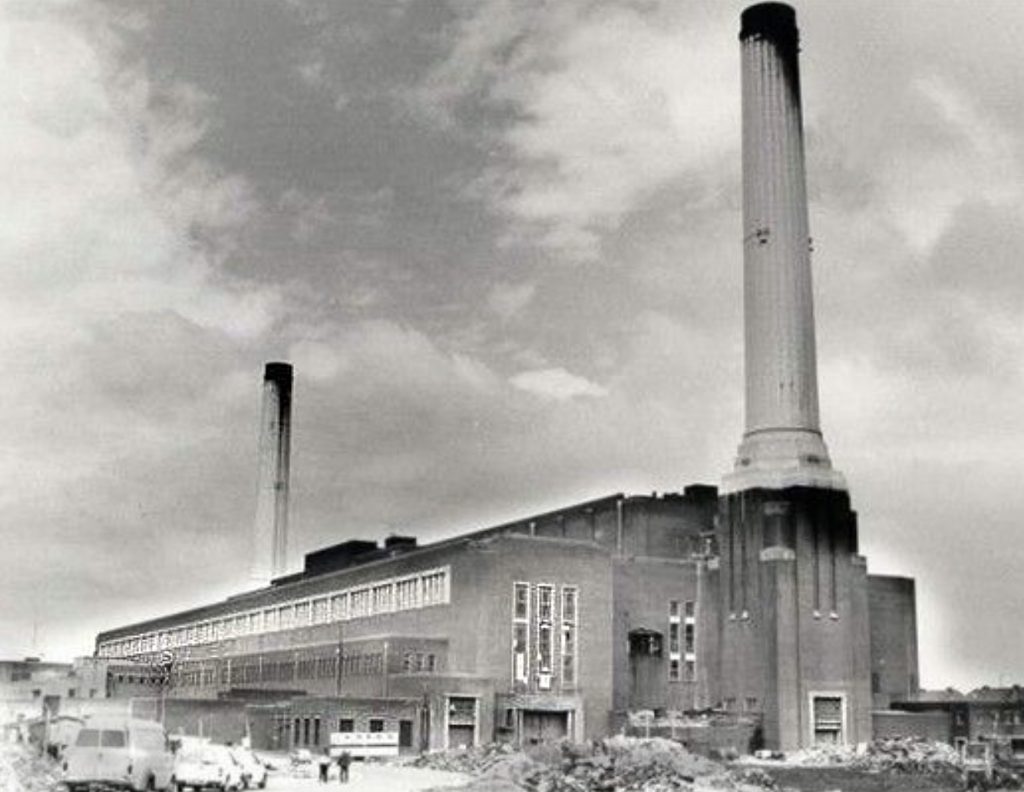
In the early 1940s it became clear that a large power station was needed to provide electricity for the south east area. The Southwick site was selected by CEB, the national power board. In 1946 Brighton Corporation proceeded with the construction of the new station, consisting of six 52.5 MW generating sets. Work started in 1947 with construction at the Eastern end. There was a period of years (much like Battersea power station) when only one chimney had been erected. In 1950 consent was given for the second section of the station with uprated generating sets of 60 MW, and the original sets 1 to 4 uprated to 55.5 MW. The station’s six units were commissioned from December 1952 to September 1958, and the station had a total generating capacity of 342 MW. The chimneys were 350 feet high and were 32 feet internal diameter and were an iconic landmark for miles around.
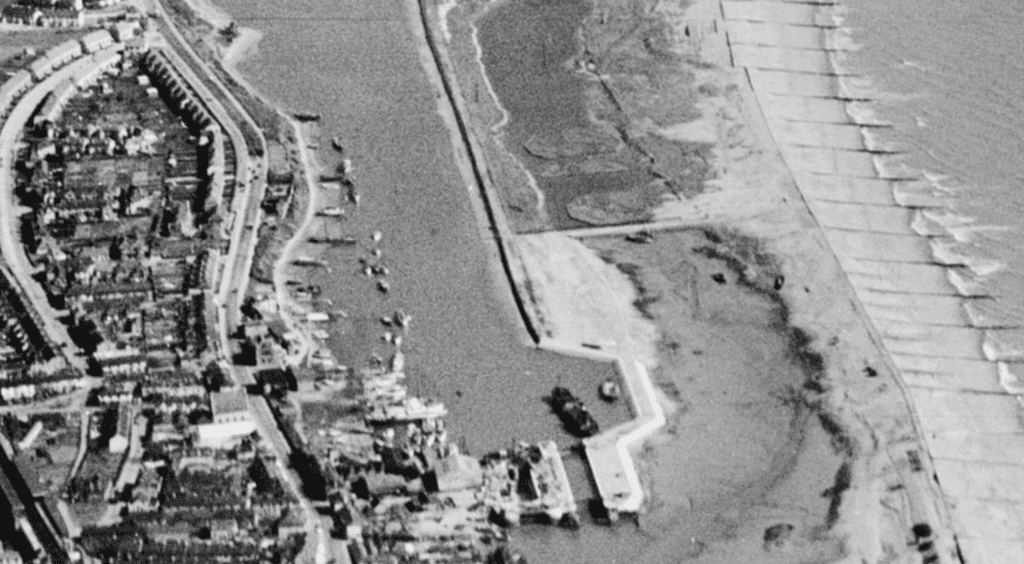
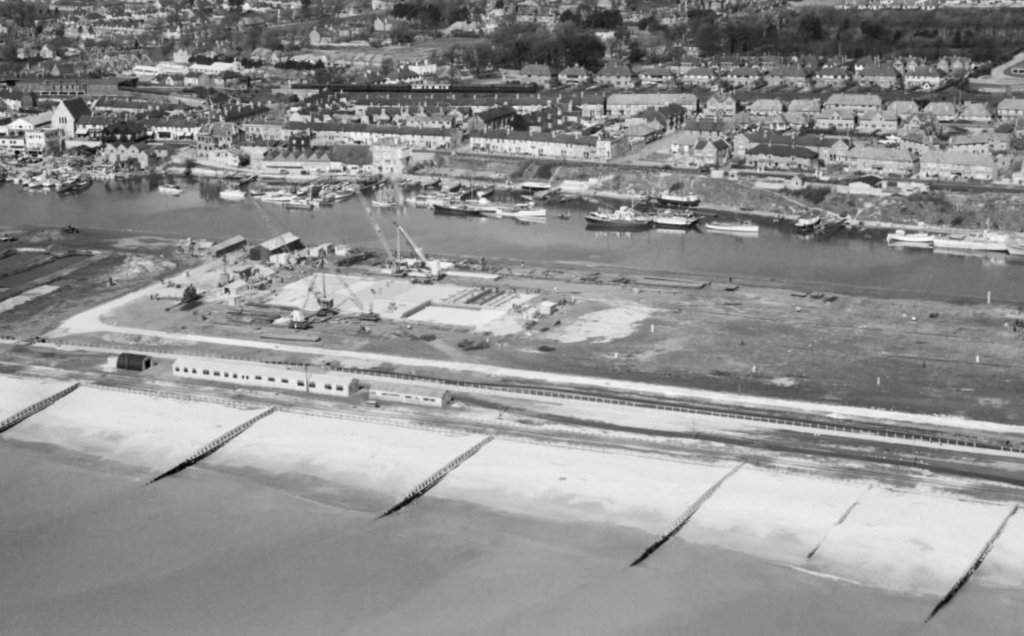
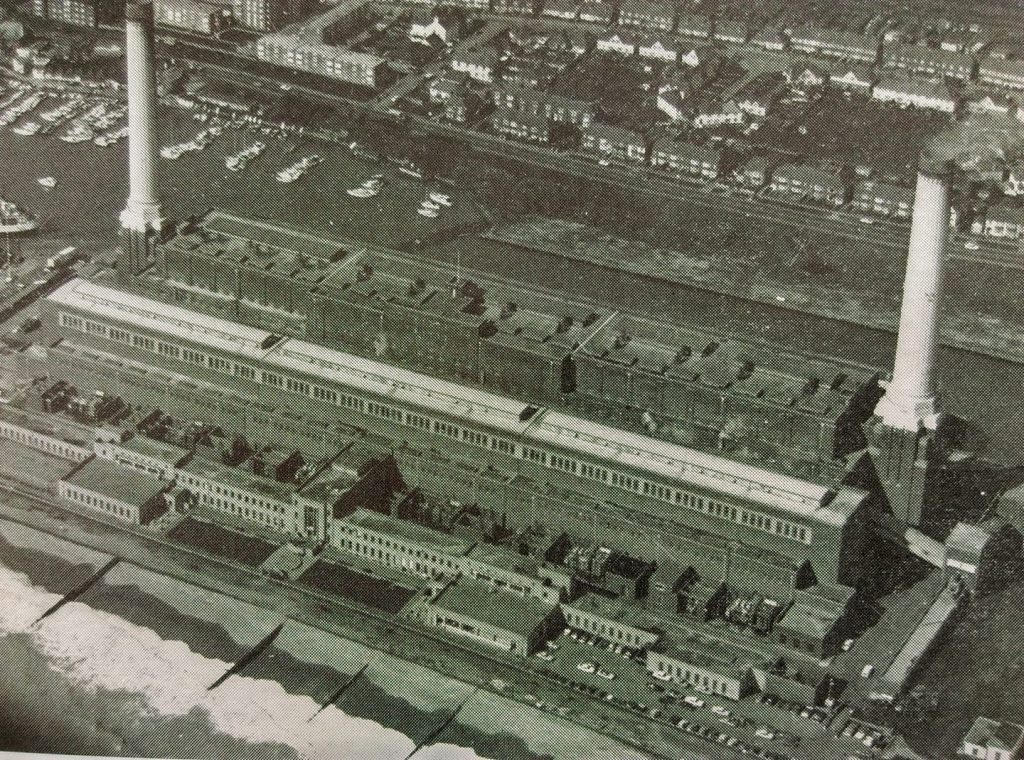
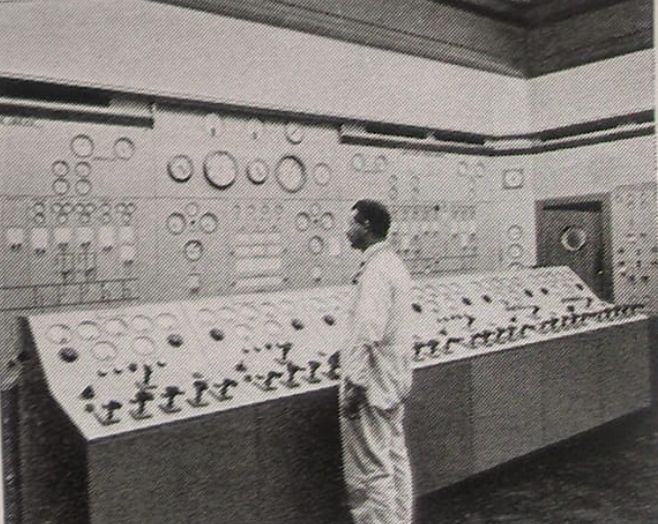
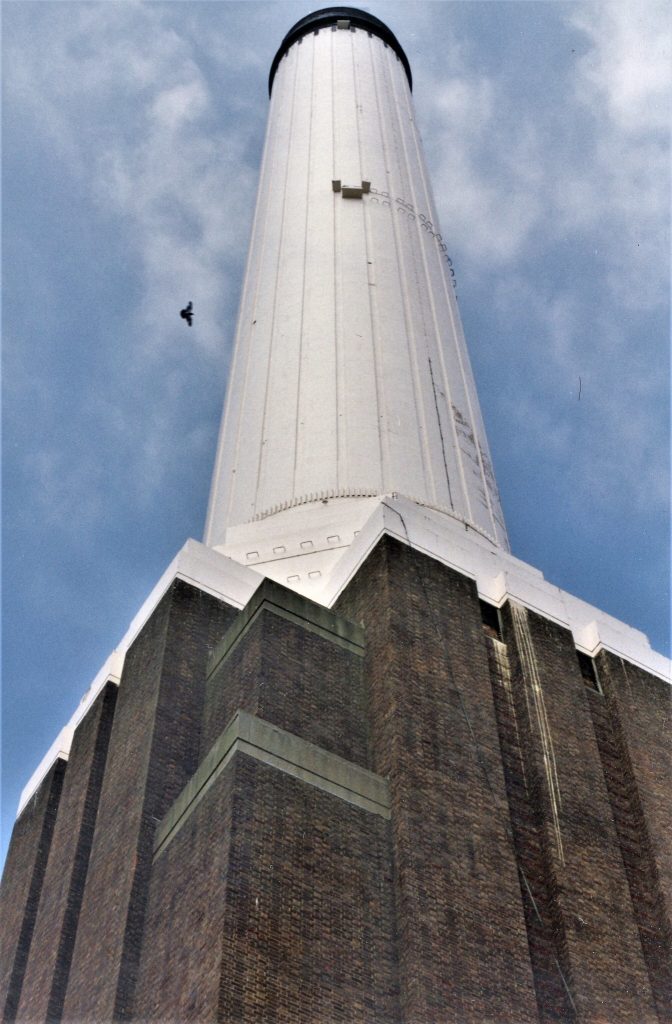
By 1961 the station had an installed capacity of 342 MW. The turbines were supplied with steam from 11 pulverised coal boilers. Seawater was used for condensing and cooling. Electrically, Generators 1 – 4 fed into the 132kV network at Fishersgate 132kV Substation. Generators 5 – 6 fed in to the local 33kV network.
On 11 March 1979 Cessna 182 G-BEOG struck one of the chimneys in thick fog and then crashed into the embankment opposite the Power Station alongside the A259. The pilot had descended out of fog to get a visual fix to aid him to locate Shoreham Airport, before hitting the embankment, near to an oil storage depot, and exploding.
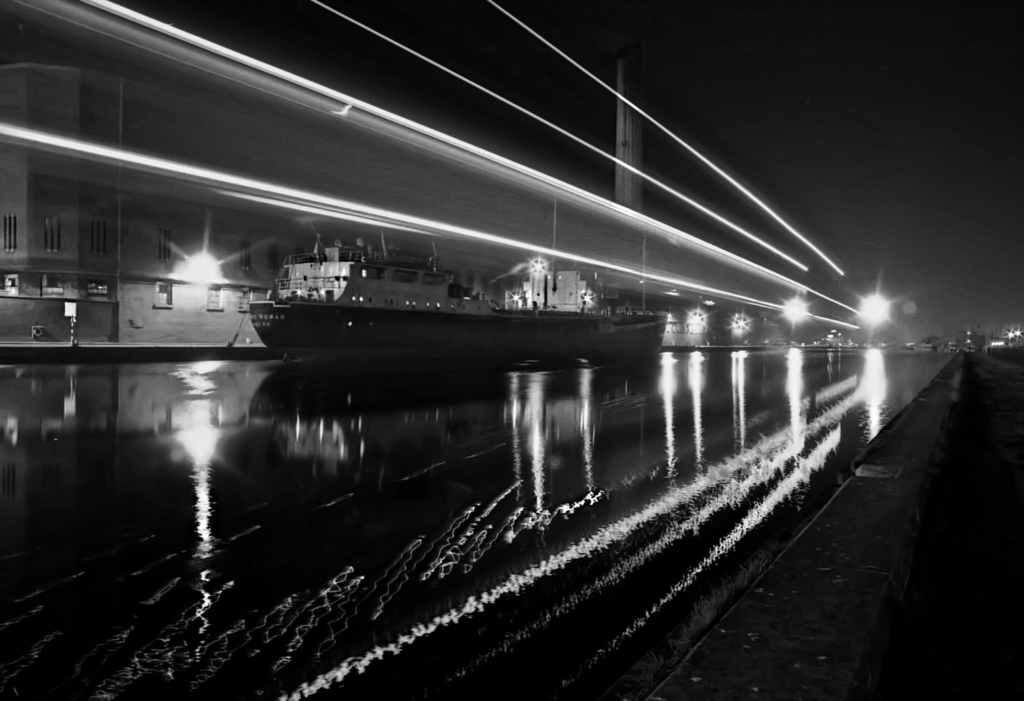
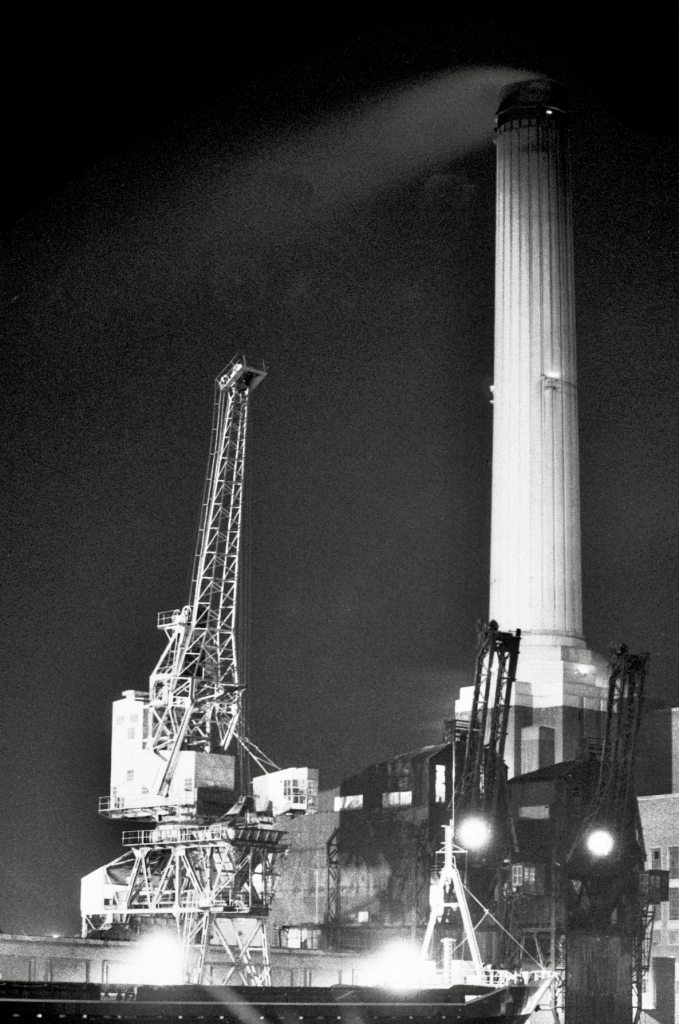
The Tunnel
For Brighton B to be connected to the grid a tunnel was constructed to accommodate power cabling between the station to sub-stations on the “mainland”. This was built between two 180 foot deep shafts. This under harbour tunnel is still in use for the latest power station supply.
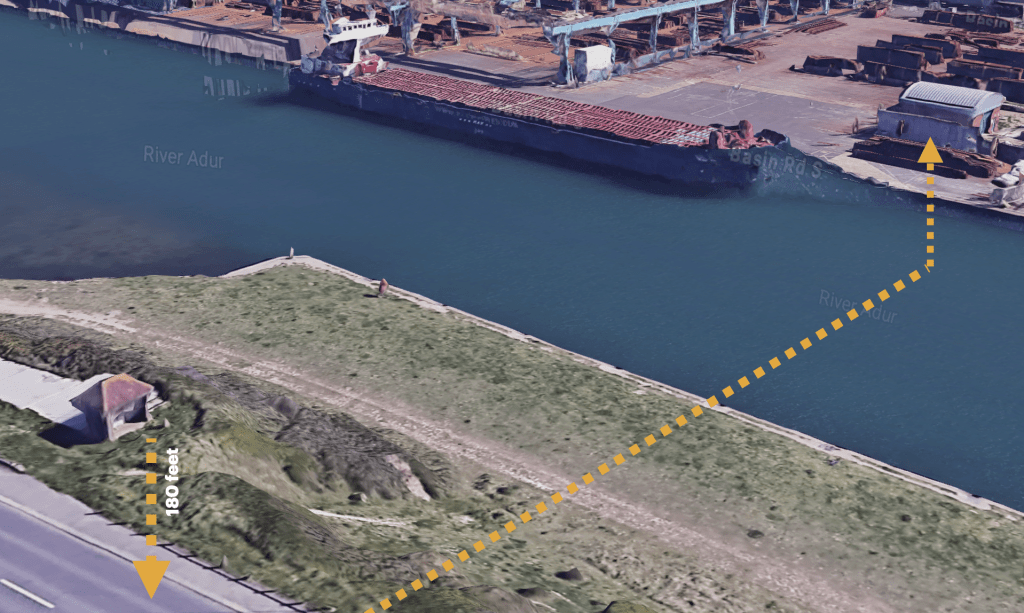
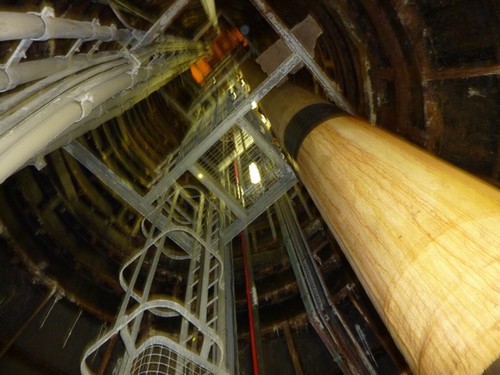
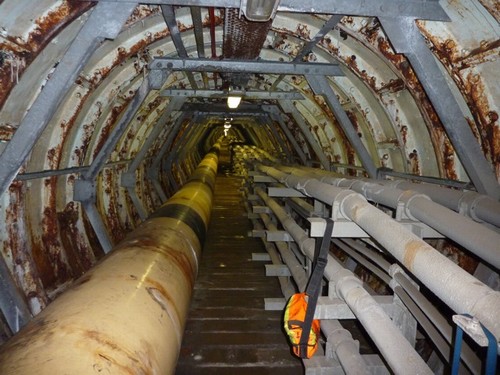
Shoreham Power Station
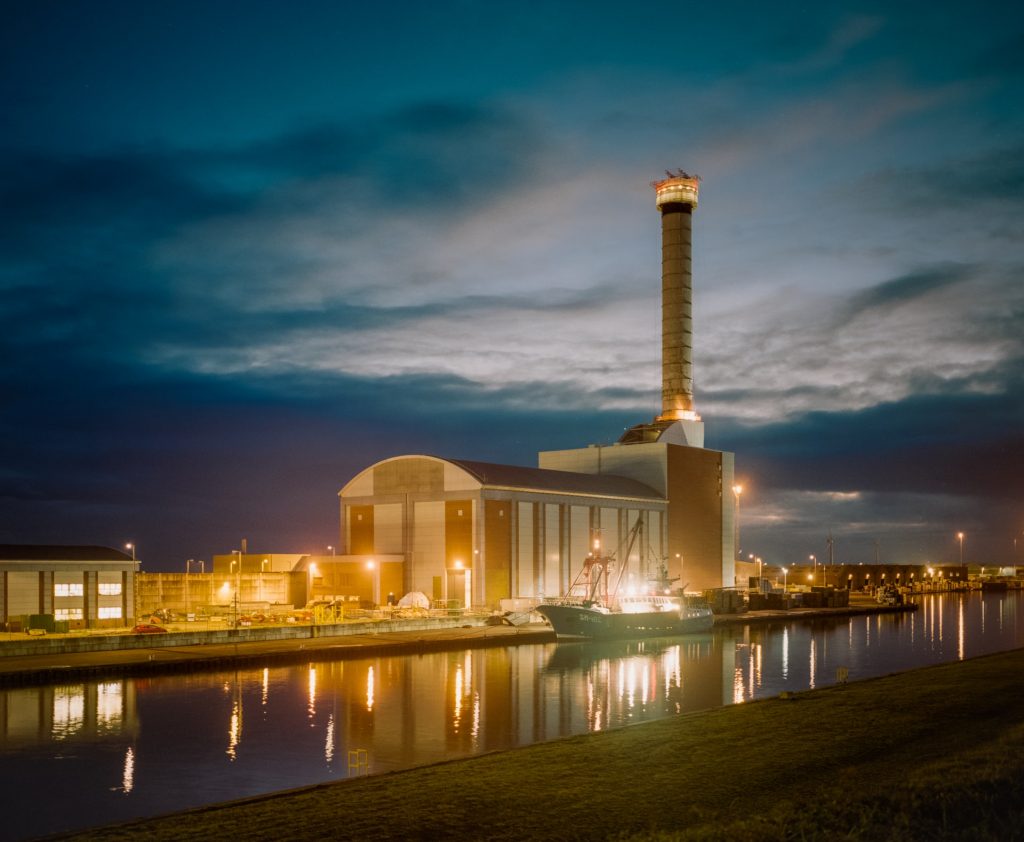
In 1999 the new gas-fired station was built on the site of the B station. Unlike the Brighton A and Brighton B it was titled “Shoreham” Power Station – although that in turn was incorrect in that it is in Southwick and also could be confused with the infamous Shoreham Nuclear Power Station in the US.
It was opened in the summer of 2000 costing £150m. It was originally owned by South Coast Power Ltd, a consortium of Scottish Power and Seeboard.
It is a 420 MW Combined Cycle Gas Turbine type power that runs on natural gas. Warm waste water is released into the sea. The chimney is 100m tall, slightly shorter than the chimneys that preceded it.

